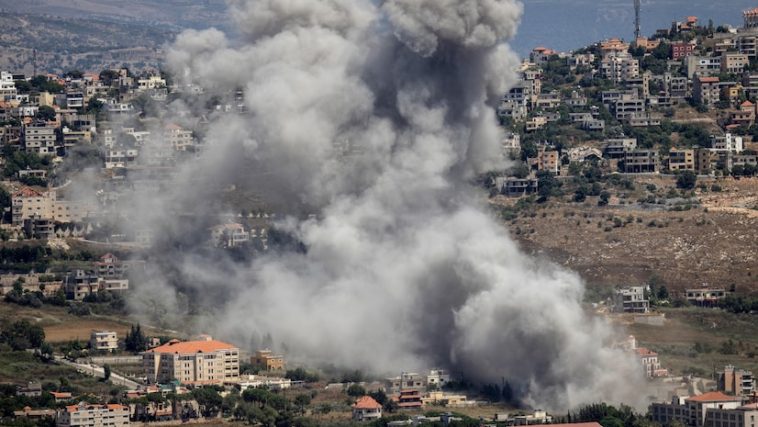On September 17, 2024, a sudden surge in tensions between Hezbollah and Israel arose when communications devices used by Hezbollah operatives ignited, causing injuries to over 1,000 individuals. These explosive events took place in multiple strategically significant regions under Hezbollah’s control; among them were the southern suburbs of Beirut, the southern part of Lebanon, and the Beqaa Valley. The motive behind these attacks appears to have been an advanced cyber intrusion targeting the said devices. Although there is no formal acknowledgment from Israel, the scenario is rife with speculations due to the prevailing adversarial relationship between Hezbollah and Israel, which escalated after the Gaza conflict in 2023.
This incident marks a critical security compromise that Hezbollah has dealt with in recent times. The militant organization has been locked in an intense tit-for-tat with Israel since the conflict escalated, a conflict that has spilled over into Lebanon and resulted in the most serious confrontation between these two in over a decade. Notably, the victims were not limited to the Hezbollah ranks but included medical staff, thereby exacerbating the existing humanitarian crisis. The event has been referred to as a significant setback by Hezbollah’s top echelons, shedding light on the vulnerability of their communications infrastructure amidst one of the most challenging battles they have faced in years.
This cyber onslaught not only aggravates the already volatile situation but also portends the risk of triggering an expansion in the hostilities, which could possibly destabilize the region at large.
Even though the specifics of this incident are yet to be fully disclosed, it visibly accentuates the evolution in the landscape of modern warfare. Herein, cyberattacks have the potential to cause extensive damage without deploying a single missile.


